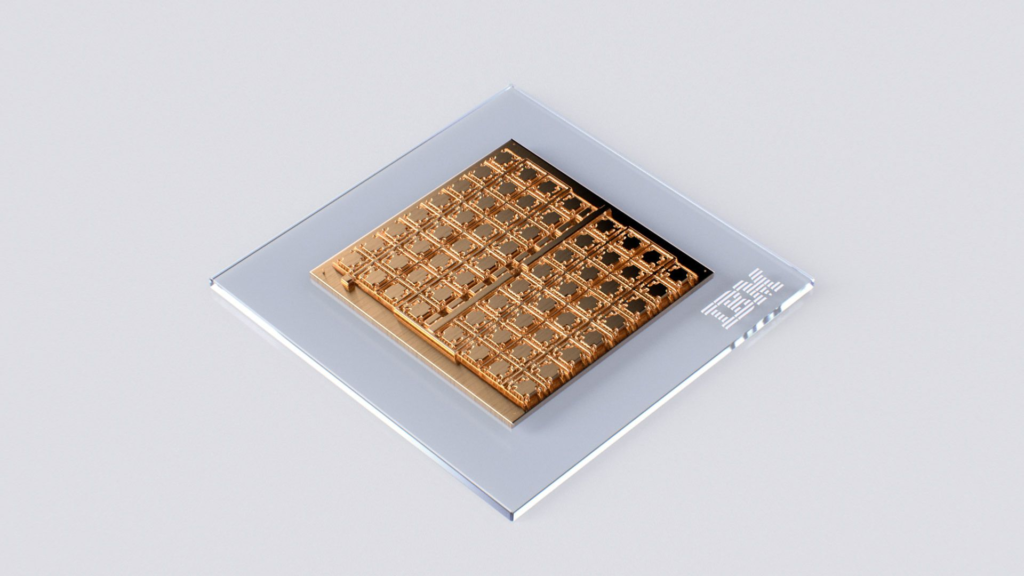Unveiling the Blueprint for Future AI: IBM’s Breakthrough Analog AI Chip
In a remarkable stride, IBM introduced an analog AI chip that promises to reshape the landscape of AI development. This chip stands as a beacon of energy efficiency, boasting a remarkable 14-fold increase compared to current industry-leading components.

Challenges of Power Consumption in Generative AI
Generative AI technology has long grappled with a significant challenge—its voracious appetite for power. This concern, with implications for both the present and the future, has raised questions about the sustainability of the technology. As the AI ecosystem matures, the costs associated with model training and infrastructure maintenance are poised to experience exponential growth. Notably, the operational cost of ChatGPT alone is reported to exceed an astonishing $700,000 daily, as reported by Insider.
IBM’s Paradigm-Shifting Prototype
IBM’s prototype chip, prominently featured in the prestigious journal Nature, emerges as a game-changer for enterprises engaged in developing and operating generative AI platforms like Midjourney or GPT-4. The key lies in the chip’s analog architecture, a departure from the digital chips that dominate the technological landscape. Unlike digital chips that work exclusively with binary signals, analog chips wield the power to manipulate analog signals and discern the nuances spanning from 0 to 1. This distinction opens doors to enhanced functionality, signal processing capabilities, and wider application areas.
Redefining AI Powerhouses: IBM vs. Nvidia
The AI landscape has witnessed the dominance of Nvidia’s chips, including the H100 Tensor Core GPU and A100 Tensor Core GPU, powering various generative AI platforms. However, IBM’s prototype chip carries the potential to disrupt this status quo. With iterative improvements and mass-market readiness, IBM’s innovation could eclipse Nvidia’s supremacy.
A Glimpse into IBM’s Analog AI Chip
IBM’s analog AI chip, built on a 14nm scale, brings forth impressive statistics. It can encode a staggering 35 million phase-change memory devices per component, enabling the modeling of up to 17 million parameters. Remarkably, this chip emulates the cognitive processes of the human brain, executing computations directly within its memory architecture. In experimental settings, the chip has showcased its prowess, accurately transcribing spoken language—an endeavor typically associated with digital hardware setups.
Advancing Energy Efficiency: IBM’s Milestone
The energy efficiency achieved by IBM’s prototype is nothing short of revolutionary. Boasting a 14-fold improvement per watt, this innovation outpaces its counterparts. Previous simulations have hinted at an even more remarkable potential—ranging from 40 to 140 times greater energy efficiency compared to today’s leading GPUs. This leap doesn’t just push the boundaries of AI development; it also underscores IBM’s commitment to sustainable and efficient technology solutions for the future.
Discover more from NewForTech
Subscribe to get the latest posts sent to your email.





